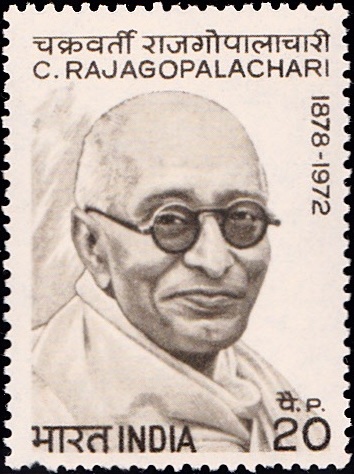
C. Rajagopalachari 1973
A commemorative postage stamp on the 1st Death Anniversary of Chakravarti Rajagopalachari (Rajaji, C.R.), the last governor-general of India (1948-50) :
Issued on Dec 25, 1973
Issued for : The P & T Department deems it a great honour to bring out a commemorative stamp in memory of this illustrious son of India on his first death anniversary.
Description of Design : The stamp design is vertical and depicts the portrait of C. Rajagopalachari.
Type : Stamp, Mint Condition
Colour : Raw Sienna
Denomination : 20 Paise
Overall size : 3.91 x 2.90 cms.
Printing Size : 3.56 x 2.54 cms.
Perforation : 13 x 13
Number Printed : 20,00,000
Number per issue sheet : 35
Printing Process : Photogravure
Designed and Printed at : India Security Press
Name : Mootharignar Chakravarti Rajagopalachari
Born on Dec 10, 1878 at Thorapalli, Krishnagiri, Tamil Nadu, India
Died on Dec 25, 1972 at Chennai, India
About :
- Chakravarti Rajagopalachari, popularly known as Rajaji, was born in 1878 in Salem district of Madras. He was educated at the Central College, Bangalore and the Presidency College and Law College, Madras. He joined the Bar in 1900 and practised at Salem till 1919. His association with the freedom movement began in 1906. Fired with the urge to serve the country more devotedly, he gave up the practice and joined Mahatma Gandhi‘s Satyagraha campaign in 1919 and freedom movement in 1920.
- Chakravarti Rajagopalachari was General Secretary of the Indian National Congress from 1921 and a member of its Working Committee from 1922 to 1942 and again during 1946-47 and 1951-54. Between 1921-42 he was imprisoned five times for participating in the freedom movement. In April 1942, he resigned from the Congress on account of differences of opinion. He was Secretary of Prohibition League of India in 1930 and Premier of Madras during 1937-39. He was also Vice-President of Dakshin Bharat Hindi Prachar Sabha for some time. He assisted Mahatma Gandhi in his talks with the late Mr. Jinnah in 1944 and was a Member of the Interim Government during 1046-47 and Governor of West Bengal from August 1947 and June 1948.
- An elder statesman and a great patriot, Rajaji acted as Governor-General of India in November 1947 and had the unique distinction of being the first Indian Governor-General from June 1948 to January 1950. His elevation to the highest office of the country was a recognition of his distinguished services to the country by a grateful nation and a tribute to his outstanding capabilities. He was Minister without portfolio in the Union Cabinet, July-December 1950, Minister of Home Affairs 1950-51 and Chief-Minister of Madras 1952-54. In 1954 he was awarded the highest honour of the land; ‘Bharat Ratna‘ for his great services to the nation.
- A strong believer in pacifism and an uncompromising critic of nuclear weapons, Rajaji carried on an incessant campaign against the use of atom bombs and was the spokesman of the three-man Indian delegation from the Gandhi Peace Foundation to canvass support for the prohibition of nuclear tests. His voice against nuclear weapons was only an outward manifestation of a mind and a heart imbued with spiritual and moral values and boundless love for humanity. Basic values of religion formed the sheet anchor of his life. He wrote a number of books, all of which have profound moral significance to the conflict-torn world. He was convinced that civilization based on materialism was self-destructive. The cultivation of moral values alone could provide a durable foundation to civilization.
- While Rajaji‘s books Marcus Aurelius and Socrates, the Vedanta, the Bhagvad Gita and the Upanishads, Voice of the Uninvolved, Kambaramayanam – Ayodhya Kandam are profound, his Mahabharata and Ramayana are full of beauty and excellence. His book Hinduism – Doctrine and Way of Life is an elaboration of his “Vedanta” and is of special interest to scholars and statesmen of all countries. The crisis of the contemporary world can be overcome only by a more constructive examination and appreciation of the moral and philosophical background of the faiths and practices that have hitherto kept civilization moving towards progress instead of self-destruction. The central theme of this book should encourage all those who are fighting the battle for a civilization governed by Moral Order.
- He edited Gandhiji‘s Young India during the latter’s imprisonment and was the principle contributor to the Swarajya. As an accomplished dialectician, he always had a formula to offer for the most difficult and intricate problem. Paying tribute to C.R. in his Autobiography, Pandit Jawaharlal Nehru wrote: “His brilliant intellect, selfless character and penetrating powers of analysis have been tremendous assets to our cause.”
- His death on December 25, 1972 has removed from our midst a statesman, a profound thinker and a great patriot.



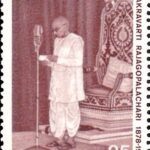
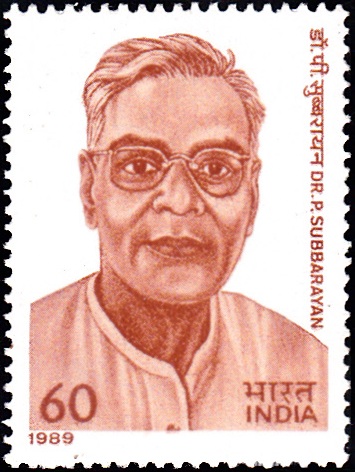
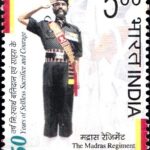
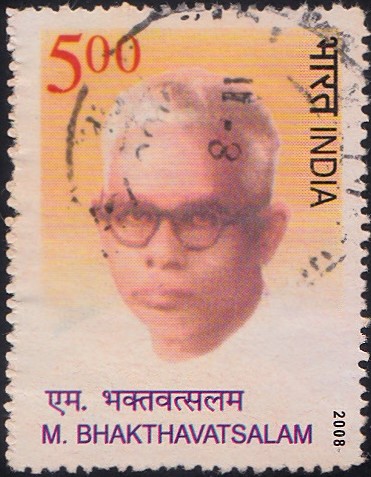
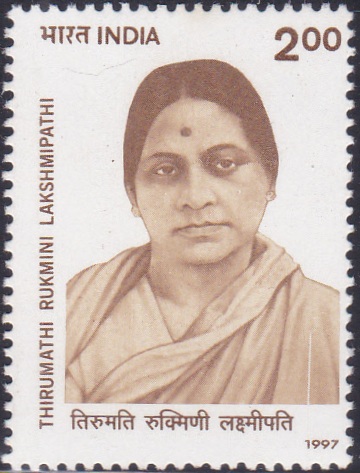
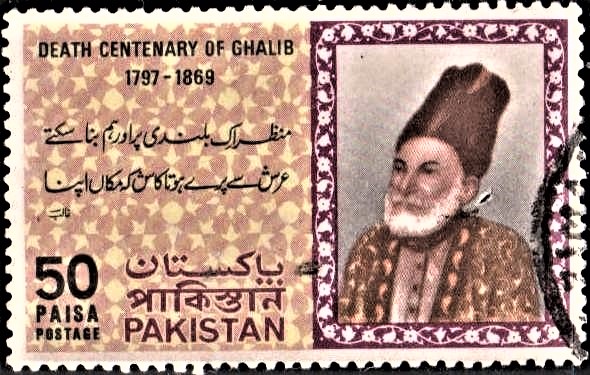
how much would this stamp be worth?
[…] Mahatma Gandhi described Rama Rao as a “Fighting Editor”, Pandit Jawaharlal Nehru and C. Rajagopalachari also hailed him as an outstanding editor. Kotamaraju Rama Rao was elected to India’s First […]
[…] Government House on 15 August, 1947, when India gained Independence. It became the residence of Chakravarti Rajgopalachari, the first Indian Governor-General, on 21 June, 1948, when he was sworn in following the departure […]
[…] Shri C. Rajagopalachari, one of the greatest exponents of the study of India’s culture and heritage commented thus on […]
[…] issues. The Freedom Struggle, in which he played an active part as a loyal follower of Gandhiji and Rajaji, the fight against social evils like child marriage, untouchability and alcohol, the promotion of […]
[…] of ash grey marble on either side provide entry to this Hall where the swearing in ceremony of Shri C. Rajagopalachari as the Governor General and Pandit Jawaharlal Nehru as the first Prime Minister of India was […]
[…] in its struggle for freedom. He became an ardent fighter and came to be closely associated with Rajaji. Ramasami courted imprisonment several times during the freedom […]
[…] Finance in the then Madras State. He held various portfolios under two stalwart Chief Ministers, Rajaji and Kamaraj. As a Minister for Education, he laid a solid foundation for primary education. The […]
[…] gauged from the fact that he was made a Fellow of the Sahitya Academy, way back in 1969, along with Shri C. Rajagopalachary. He also received the Nehru Peace Prize for International […]
[…] by Dr. Annie Besant even while he was in college. It was then that he came into contact with Rajaji. Influenced by Mahatma Gandhi, he took part in the agitation against the Rowlatt Bill and joined […]
[…] In 1934 he became a Member of the Administrative Council to the Governor. In the same year he became the Minister of Finance & Home in the interim Ministry formed by the Justice Party in Tamil Nadu after the Congress decided not to form the government even after winning the elections. The Congress, however, formed the government in 1937 under C. Rajagopalachari. […]
[…] Dr. Shyama Prasad Mukherjee, Tripuradhis Maharaja Manikya Bahadur, Sri Madan Mohan Malviya and Raja Gopalachari were influenced by his social and spiritual work and believed that spiritual inspiration to the […]